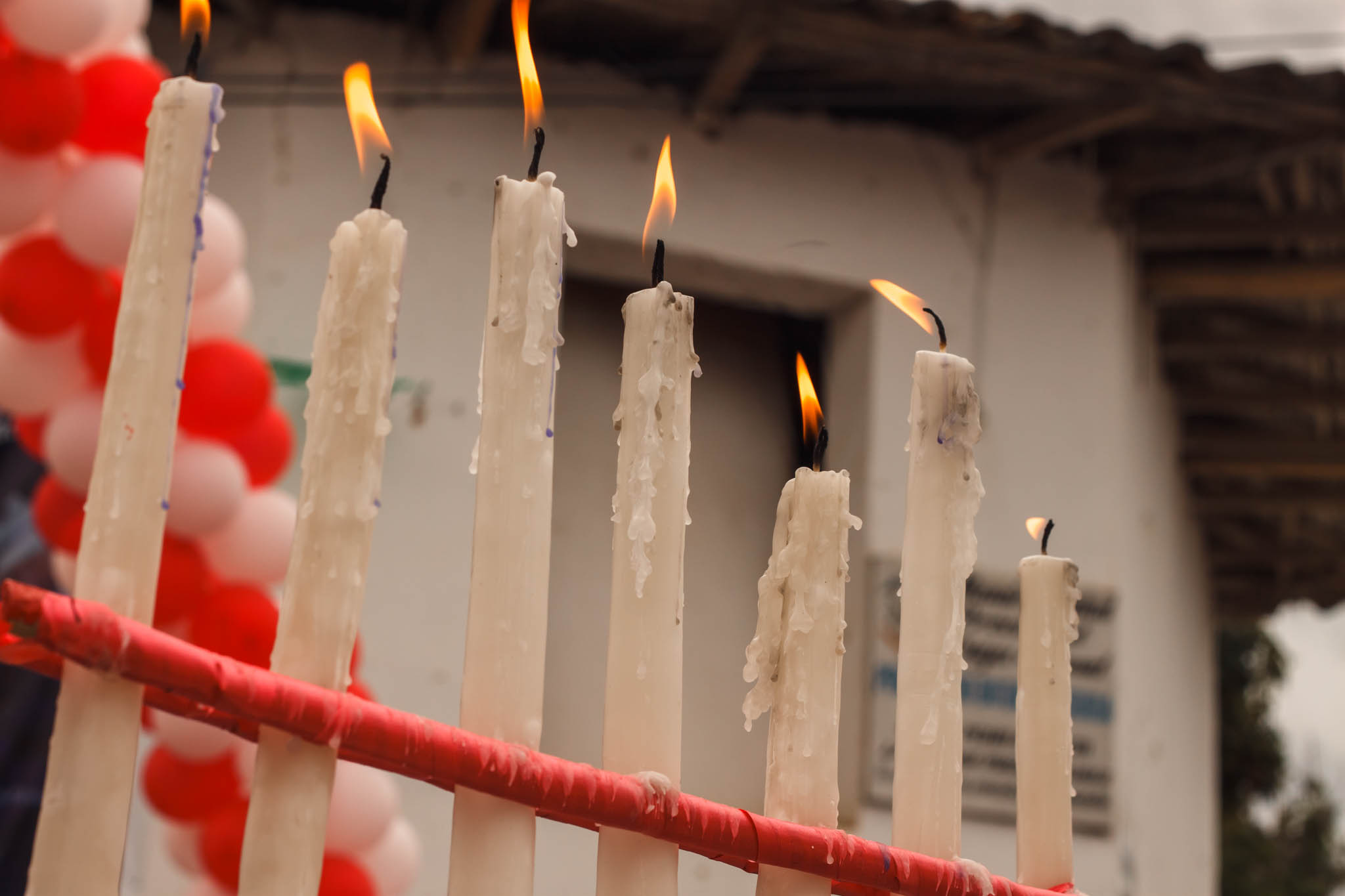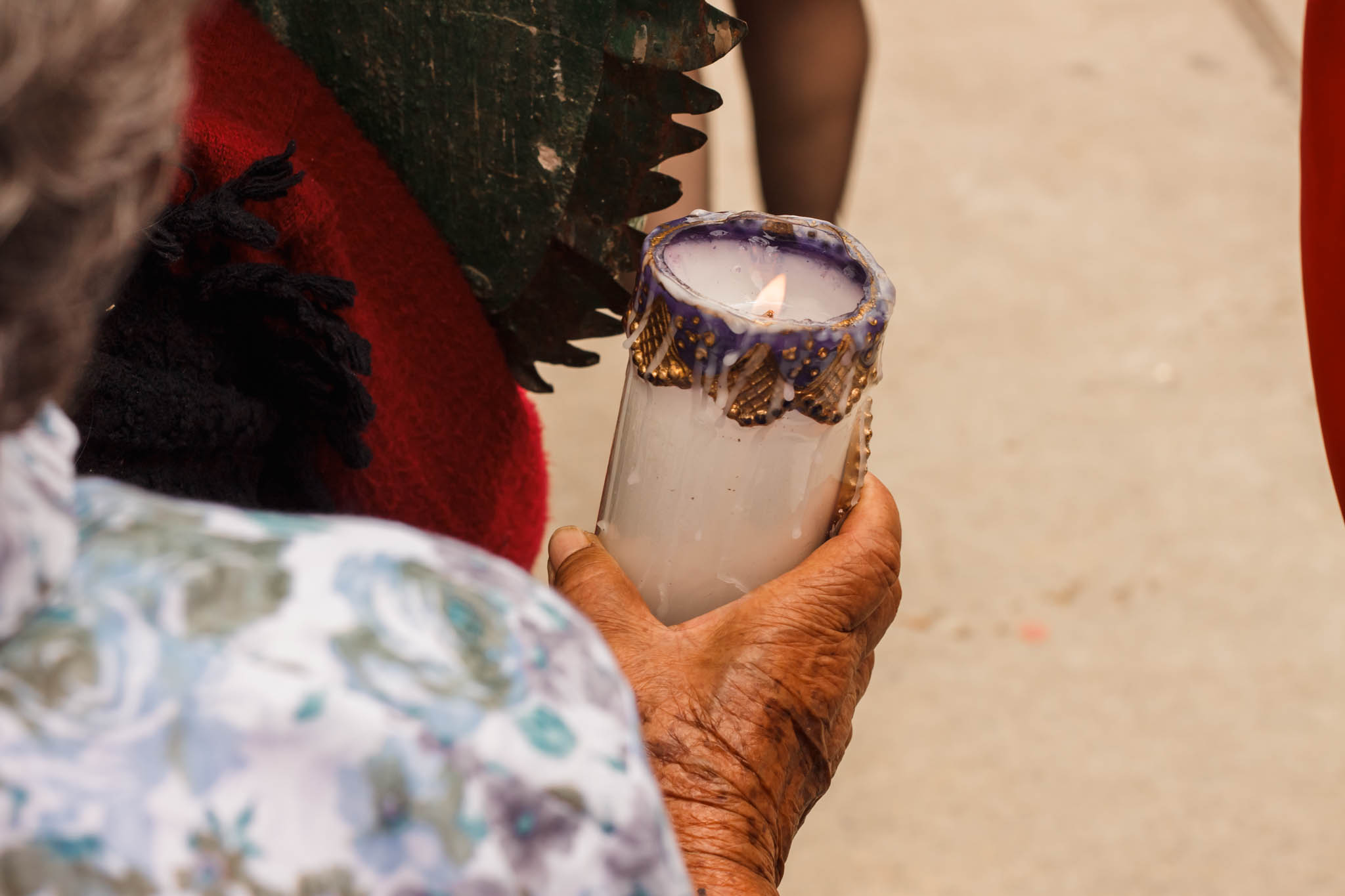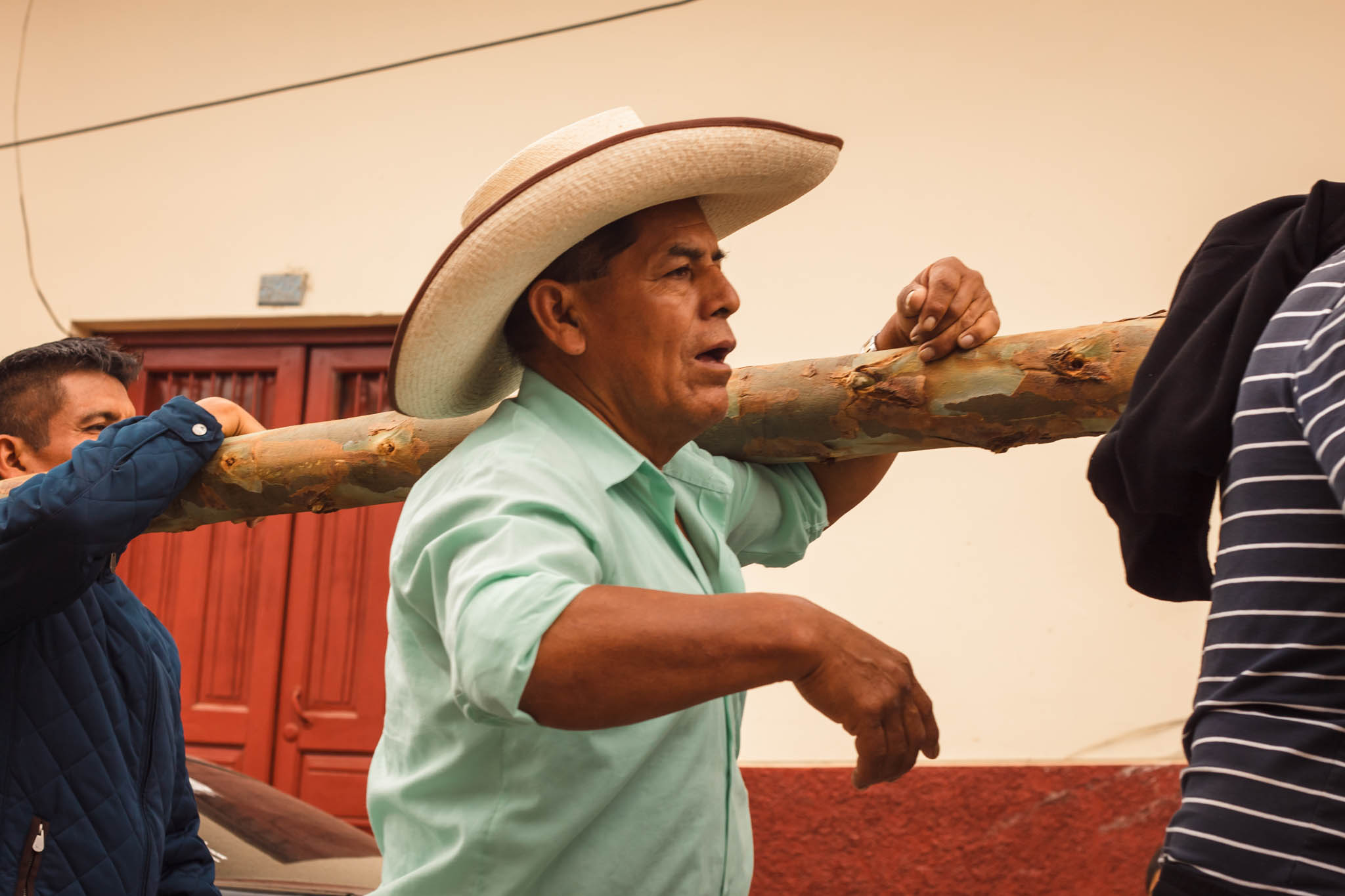Fiesta Patronal del Señor de Gualamita
A journey into faith, legends, and traditions in the small and remote community of Làmud, in the Amazon Region of Peru.
The Fiesta Patronal del Señor de Gualamita is a celebration held every year from September 1 to 14 in the small town of Làmud, the capital of the Luya province in northern Peru. This event, deeply rooted in local culture and religion, holds great significance for the community, even though it remains unknown to tourist circuits.
The origins of this festival date back to the 18th century when a sacred statue was to be transported from Cusco to Quito, Ecuador. However, the transporters, after stopping in Làmud for a night, found themselves unable to lift the statue the next day, as if the saint himself had chosen to stay there. From that moment, Señor de Gualamita became the spiritual symbol of the community, a figure revered for his presumed desire to remain among his people.
During the festival days, Làmud transforms. On September 14, the procession sees the statue of Señor de Gualamita carried on shoulders through the streets, accompanied by singing, dancing, and fireworks. It is an opportunity for restaurants and stalls scattered around the main square to offer typical dishes such as Locro, Humita, and Cuy con papas. Local drinks are also available: chicha, chuchuhuasi, and beer.
Before being returned to the church, the saint stops in front of the entrance on the steps overlooking the crowded main square. The local band continues to play as a costumed version of the marinera, the traditional Peruvian festive dance, is performed. This graceful and romantic couple’s dance incorporates handkerchiefs as an integral part of the choreography.
But the celebration does not end there. On September 15, a ritual called Humisha takes place, during which a tree is decorated and planted in the center of the village, around which the community gathers to dance. The lunch served to all present is a moment of sharing that reflects the welcoming and communal spirit of Làmud. This celebration, blending faith and folklore, is a tribute to the vitality of Chachapoyan culture, with women in traditional attire leading the dances and men offering chicha to everyone.
Beyond the festivities, the Fiesta Patronal del Señor de Gualamita represents a profound expression of Làmud’s identity. The legend of the saint choosing to stay among his people is not only a symbol of protection but also a reflection of the community’s sense of hospitality, an identity and cultural trait that the locals are unwilling to relinquish.























